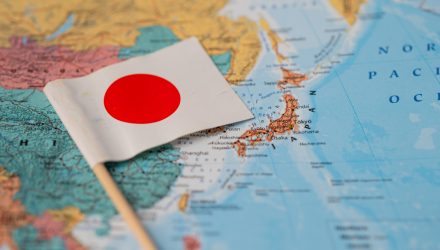It’s difficult to not have a home bias to U.S. equities the way they’ve been rallying as of late. However, other countries like Japan may finally be following suit, potentially bringing bullish notions back to international equities.
A confluence of factors like a weaker yen and strong market gains in the Nikkei as well as TOPIX indices have been drawing investors back to Japan. In addition, solid corporate earnings are prompting analysts to be more bullish on Japan. The country is also getting a vote of confidence from famed investor Warren Buffett.
“Investors have been pouring funds into Japanese equities, taking the lead of Warren [Buffett’s] bullish calls on Japan and cheering the Japanese government’s push towards greater corporate governance reforms — with the aim of compelling Japan Inc to boost shareholder returns,” reported CNBC.
From individual stock holdings in various countries to internationally focused exchange-traded funds (ETFs), investors have a plethora of options when considering diversifying their portfolios with equities from abroad. Those who want more nuanced exposure to quality Japanese equities over others will need a more discerning fund.
Get International Exposure and More
With 22% of its portfolio in Japanese equities, the American Century Quality Diversified International ETF (QINT) provides ETF investors with potential upside in Japan and other countries. The fund seeks to capture the performance of large- and mid-cap companies outside the U.S. that possess attractive quality, growth, and valuation fundamentals.
QINT follows the American Century Quality Diversified Intl Equity Index, which offers investors a wide array of diversification that focuses on quality. Getting quality exposure is imperative when investing in international companies that have their own nuances that pertain to the economic effects of the countries in which they reside.
More specifically, the index includes the stocks of companies based in other developed economies like the United Kingdom, Canada, and France to add more geographic diversification. QINT includes over 380 holdings as of December 31, 2023, which helps to avoid over-concentration and therefore minimize exposure risk.
Delving deeper into its holdings, the diversification lends itself to the fund’s sector exposure. The top four sectors invested, as of January 31, are industrials (18%), financials (15%), consumer discretionary (15%), and information technology (11%). Furthermore, the fund isn’t top heavy in a particular stock, with its largest holding Novo Nordisk comprising just 2.27% of the fund’s capital allocation.
For more news, information, and analysis, visit the Core Strategies Channel.


